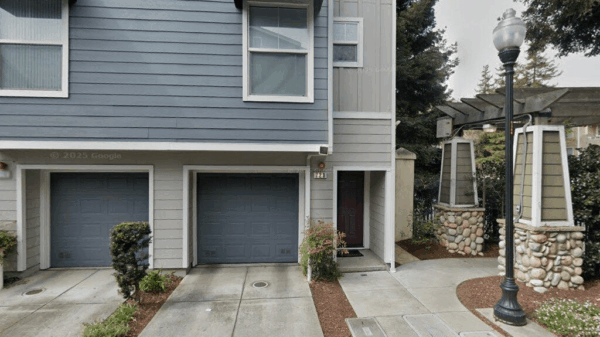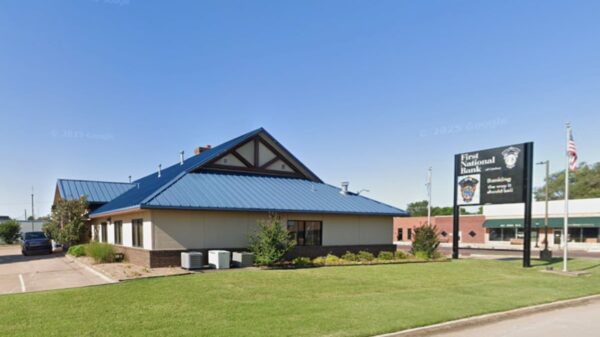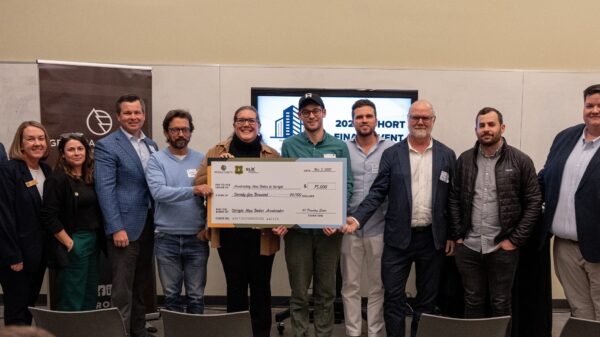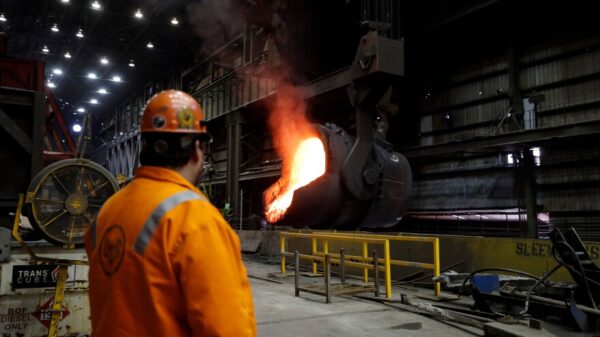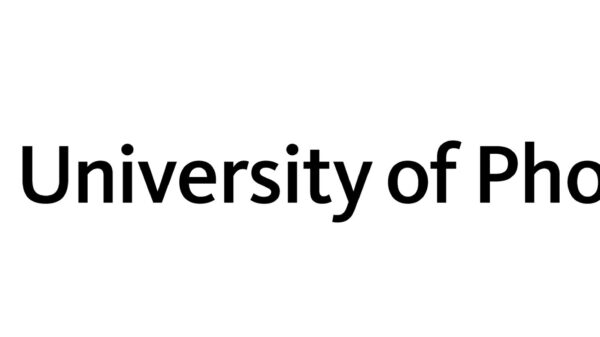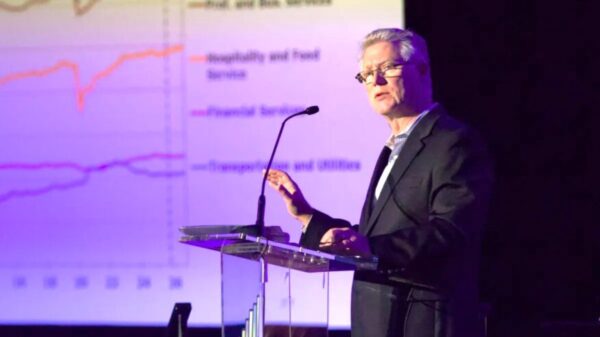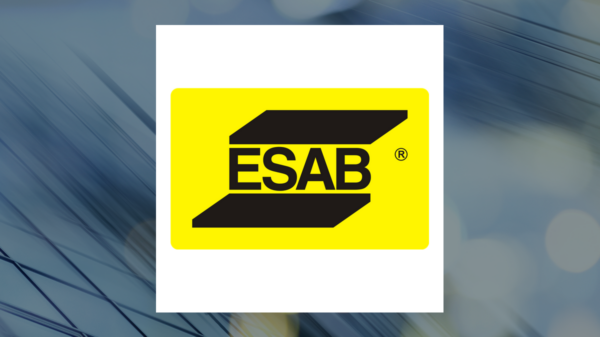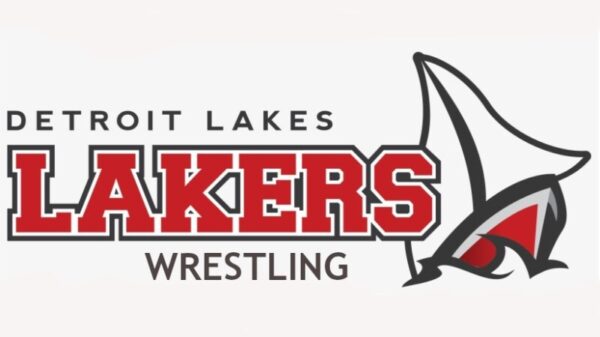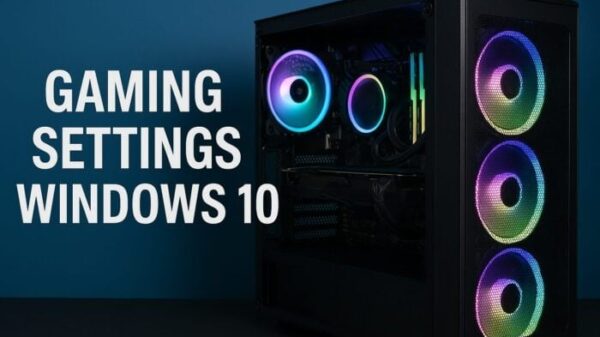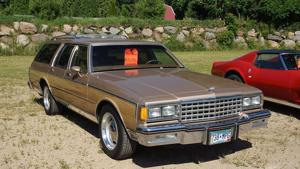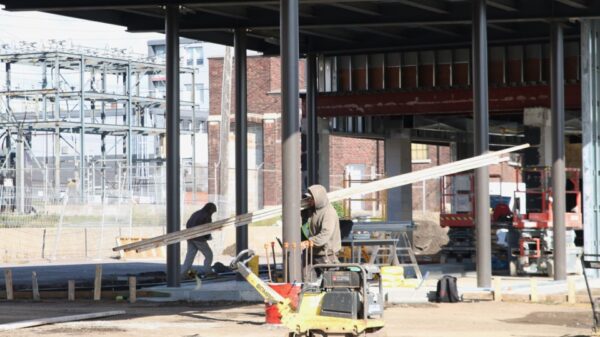Recent research reveals a shift in home feature preferences as homeowners prioritize sustainability and functionality. A study by AARP indicates that approximately 75% of individuals aged 50 and older desire to remain in their current homes or communities. This trend is echoed in a new analysis by Realtor.com, which identifies the fastest-growing home features for 2025, highlighting a significant focus on energy efficiency and modern design.
Emerging Trends in Home Design
The analysis shows that the most notable increase in home listing features is attributed to WaterSense fixtures, which have seen a staggering increase of 289.6% year-over-year in property descriptions. According to the Environmental Protection Agency, these certified products use at least 20% less water while maintaining or exceeding the performance of standard models. Homes featuring WaterSense fixtures tend to be positioned in the higher price bracket, with a median listing price of around $628,000.
Following closely is the trend of biophilic indoor/outdoor designs, which experienced a 163% rise in popularity. This approach emphasizes the integration of natural elements within living spaces, incorporating features such as large sliding glass doors and living walls that enhance the connection between indoors and nature. Additionally, the demand for electric vehicle (EV) charging stations has surged, reflecting a 91.6% increase in listings featuring this amenity, categorizing it as a “widespread” trend.
The top five rising features identified in the report include:
– WaterSense Fixtures (Rare)
– Biophilic Indoor/Outdoor Design (Widespread)
– Coastal Modern Design (Occasional)
– Net-Zero Ready Homes (Rare)
– EV Charging Stations (Widespread)
Shifts in Home Preferences
These trends underscore a growing consumer preference for features that enhance efficiency and reduce environmental impact. Notably, four of the top five rising features are linked to sustainability. Such amenities not only help lower utility costs but also appeal to environmentally conscious buyers.
Furthermore, smart home technologies are gaining traction, with features like built-in coffee systems and smart lighting becoming increasingly desirable. The report indicates that a robust network and automated controls are now considered as crucial selling points as the physical size of a home.
Conversely, certain features are falling out of favor. Formal dining rooms have declined in popularity, with a notable drop of 25.3% from the previous year. As open-concept layouts dominate modern design, dedicated dining spaces are less frequently highlighted unless specifically requested. Other features, such as three-car garages and Old-World European design aesthetics, have also seen downward trends of 19.1% and 18.4% respectively, indicating a collective shift towards more modern and functional living spaces.
This analysis by Realtor.com draws from active for-sale listings between January–September 2024 and January–September 2025, providing a comprehensive overview of evolving market preferences. The findings not only reflect current buyer interests but also suggest a broader transformation in home design priorities as sustainability and convenience take precedence.
As the housing market continues to evolve, these insights offer valuable guidance for buyers and sellers alike, emphasizing the importance of adapting to emerging trends in home features.


